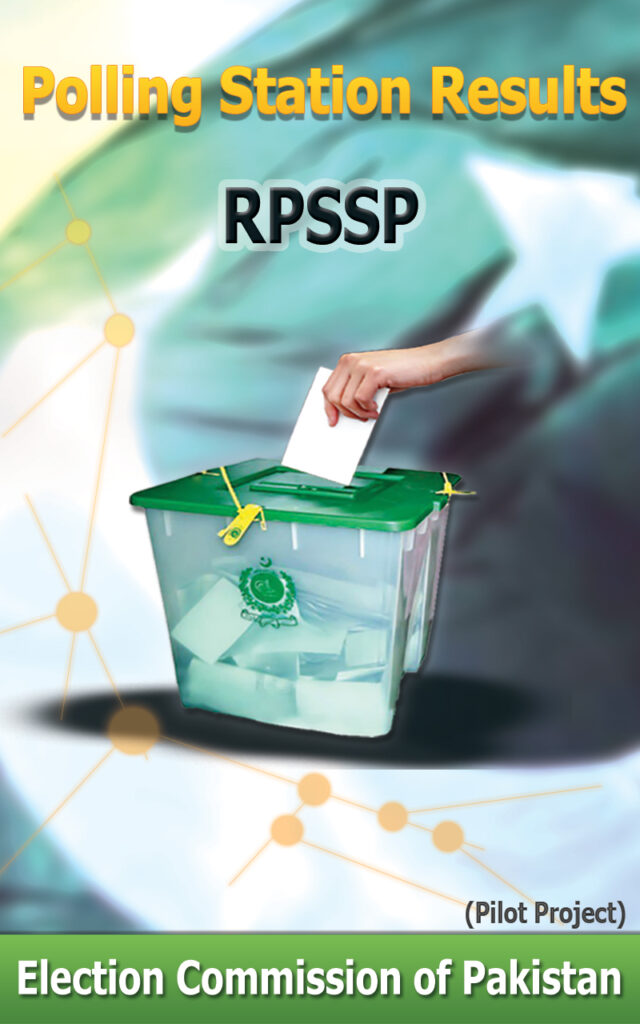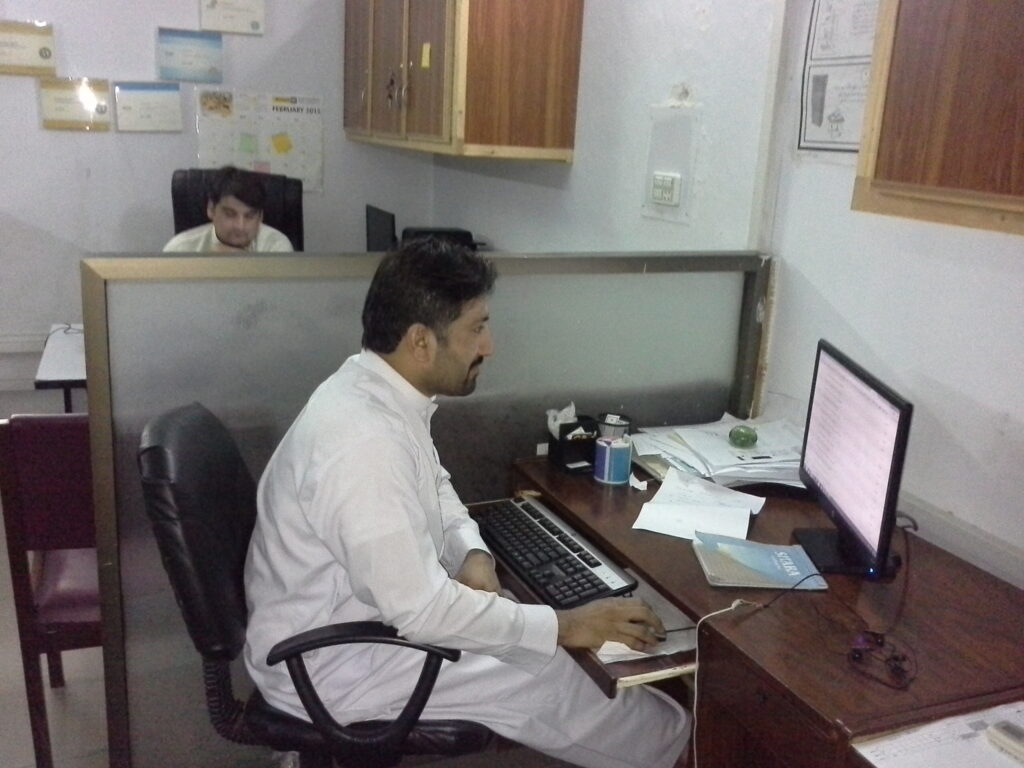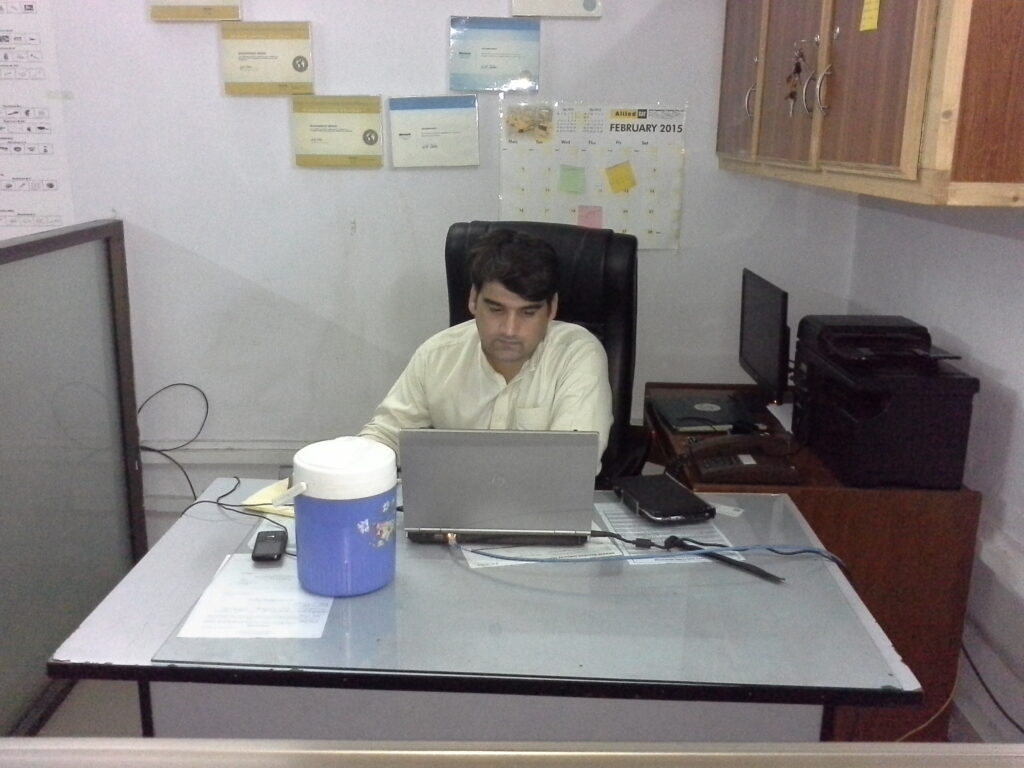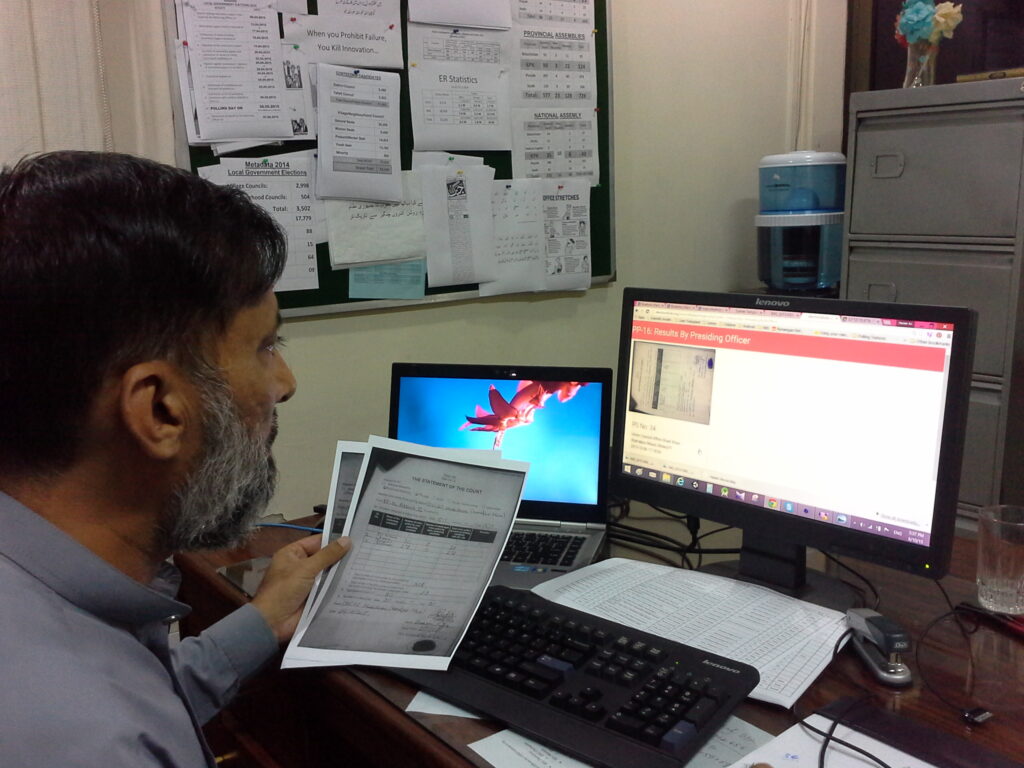
Introduction
In the rapidly evolving digital landscape, innovation can redefine the way societies function. One such groundbreaking innovation was an Android application developed for the Election Commission of Pakistan (ECP). This application aimed to revolutionize the way election results are transmitted from polling stations to the masses, bringing transparency and efficiency to the process. In this article, I delve into the details of this pioneering application and explore the reasons behind its untapped potential.
The Birth of a Game-Changer
In September 2015, I introduced a novel system for the ECP. This revolutionary Android application marked the inception of the Result Transmission System (RTS), designed to swiftly transmit election results from polling stations to a wider audience via the internet. By simplifying the process and utilizing minimal resources, the application demonstrated how technology could enhance transparency in the electoral process.
The Objective
The primary objective of this application was to streamline the collection and dissemination of election results. Polling station officers would capture a snapshot of Form 45 using their smartphones, which would then be transmitted to a web server accessible to all. This innovative approach aimed to ensure that election results were readily available to everyone, fostering a sense of accountability and trust in the electoral system.

Seamless Functionality
The application’s functionality was ingeniously straightforward. Upon launching the application, the presiding officer would initiate the process by clicking the “Start” button. This action would prompt the selection of the polling station from a dropdown list, followed by the entry of relevant remarks and a unique secret code. This code ensured that only authorized personnel could utilize the system, mitigating the risk of misuse.
The Pioneering Process
Once these preliminary steps were completed, the presiding officer would proceed to capture a photograph of Form-45 by clicking the camera button. This captured image would then be seamlessly transmitted to the web server through a meticulous integration of Android Studio, PHP, and MySQL. This dynamic blend of technologies ensured the secure storage and accessibility of the election results.
A Promising Beginning
The application’s pilot test in PP-116, Attock District, in September 2015 yielded resounding success. The seamless integration of mobile and web components showcased the efficiency of the system. The successful run of this revolutionary approach even garnered attention in newspapers, highlighting its potential to transform the electoral landscape.


A Missed Opportunity
Despite the evident success and promise of the application, it faced an unfortunate fate. In the 2018 elections, the ECP entrusted the development of a similar system, the RTS, to the National Database and Registration Authority (NADRA). This decision, while well-intentioned, raised questions about the missed opportunity to fully utilize the potential of the 2015 application. The subsequent outcome of the NADRA-developed RTS in the 2018 elections is well-documented and raises further curiosity about why the earlier application was not given due consideration.
Unanswered Questions
The lingering question remains: why didn’t the ECP fully implement the innovative Android application developed in 2015? What were the specific challenges, obstacles, or oversights that led to this groundbreaking concept being overshadowed by subsequent endeavors? Understanding these intricacies could shed light on the complexities of implementing transformative technology within bureaucratic frameworks.
Conclusion
Innovation has the power to reshape societies and institutions, but its successful implementation often hinges on numerous factors. The untapped potential of the Android application developed in 2015 for the ECP serves as a reminder of how pioneering ideas can sometimes be overshadowed by subsequent initiatives. As we reflect on this missed opportunity, it is crucial to foster a culture of embracing and harnessing innovation to create more transparent, efficient, and accountable electoral processes.
By revisiting this story, we are encouraged to continue exploring and advocating for the integration of technology and innovation to drive positive change in our societies. Only by learning from the past can we pave the way for a more promising future in election systems and beyond.





